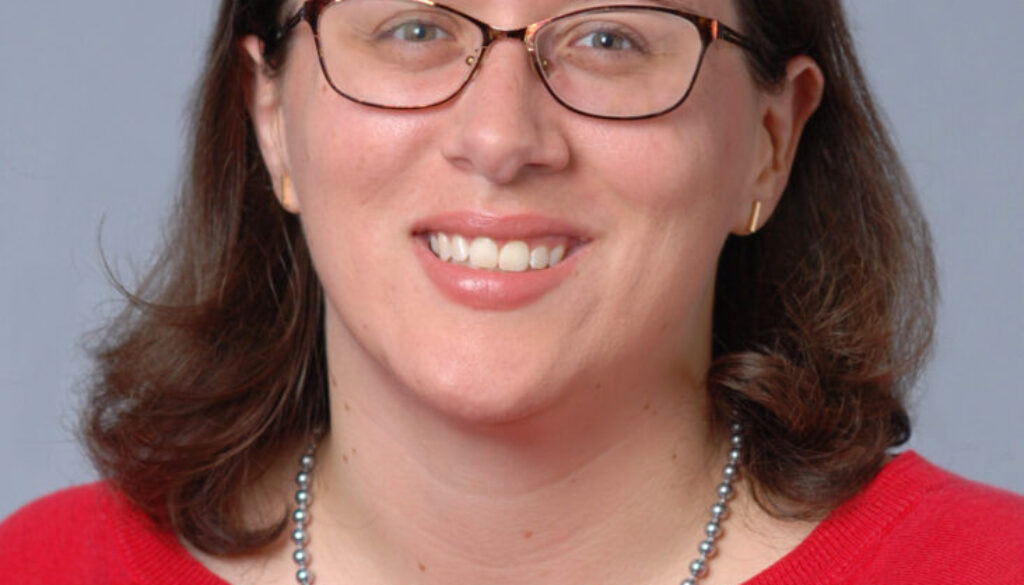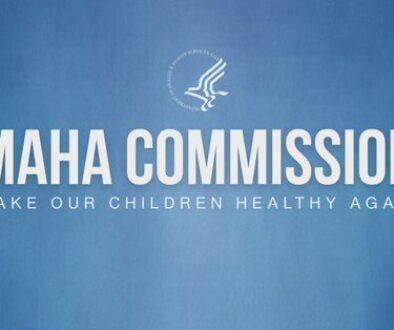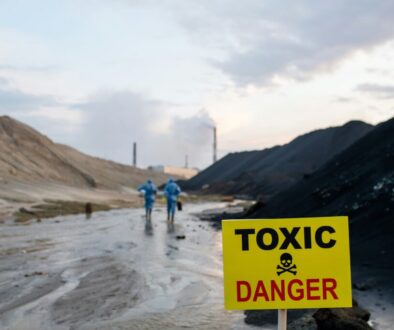Guest column: What are pesticides doing to pregnancies? We’re trying to find out.

Kathleen Flannery
Heartland Study Lead Study Coordinator.

David Hass
Robert A. Munsick Professor of Obstetrics & Gynecology and Vice-Chair for Research at Indiana University School of Medicine.
As we collectively pass what many consider to be two-year anniversary of COVID emergence, the field of clinical research has never been more visible in our day-to-day lives. Published studies on viral mechanisms, promising treatments, and vaccine development, among other COVID-related topics, have dominated media reports since early 2020.
Unfortunately, the laser-like focus on the story of COVID has left other research areas in the shadows, fighting for time, attention, and funding.
Women’s health, specifically a woman’s ability to have a healthy pregnancy, is an area badly in need of all three. As researchers focused on women’s reproductive health, we see an urgent need to better understand the potential profound impacts on pregnant women and their developing babies from a range of environmental exposures, including the pesticide chemicals that all of us are commonly exposed to in our daily lives.
Large-scale research efforts are generally lacking when it comes to the impacts of exposure to herbicides and other pesticides used in farming and also widely by consumers. Animal and epidemiologic studies have found some associations between these contaminants and potential adverse pregnancy and childhood impacts, but a study was needed in the Heartland of the Midwest United States to further characterize these impacts prospectively.
We are attempting to do just that through the Heartland Study, the first-ever study to track heritable, epigenetic changes herbicide exposure may be having in the human population.
We are currently recruiting pregnant persons in multiple Midwest states, looking specifically to see how widely used herbicides – glyphosate, 2,4-D and dicamba – may impact pregnancies and the health of children. We’ve so far gathered urine and buccal (inner cheek) swabs from 229 women in Indiana and are starting a collection in Wisconsin, with hopes to add pregnant participants from other Midwestern states by the end of this year. The study overall aims to enroll at least 2,000 mother-infant pairs living in 13 Midwestern states.
We will be obtaining biological samples from the women at three timepoints during their pregnancies, and surveying them regarding stress and food consumption. Right now, we are following them through pregnancy and birth up until age 3, but hope to continue to study the participants for developmental and other health outcomes into the future.
We are actively working to add sites to the study to recruit a diverse population of participants, anticipating about one-quarter will be from more rural areas. This can help us address some of the urban-rural disparities seen in health outcomes as well.
We believe that the Heartland Study may be able to clarify potential adverse effects of different levels of exposure to the chemicals that may be present in our food, water, and air. By creating this large and well characterized pregnancy cohort, we will also be able to partner with other investigators to enhance the value of the participants’ time and effort during the study.
This work is especially crucial as researchers see an increase in the use of several herbicides across the US Midwest, a rise that shows little sign of slowing,
As we do this work, we feel indebted to all our current and future study participants. These individuals voluntarily embark on the research journey with us during their pregnancies, and often share personal stories with us about their motivations for joining the study.
These stories, and the discoveries to be born from this research, inspire us to continue our work in creating a healthier environment in the future for all moms and their babies.



